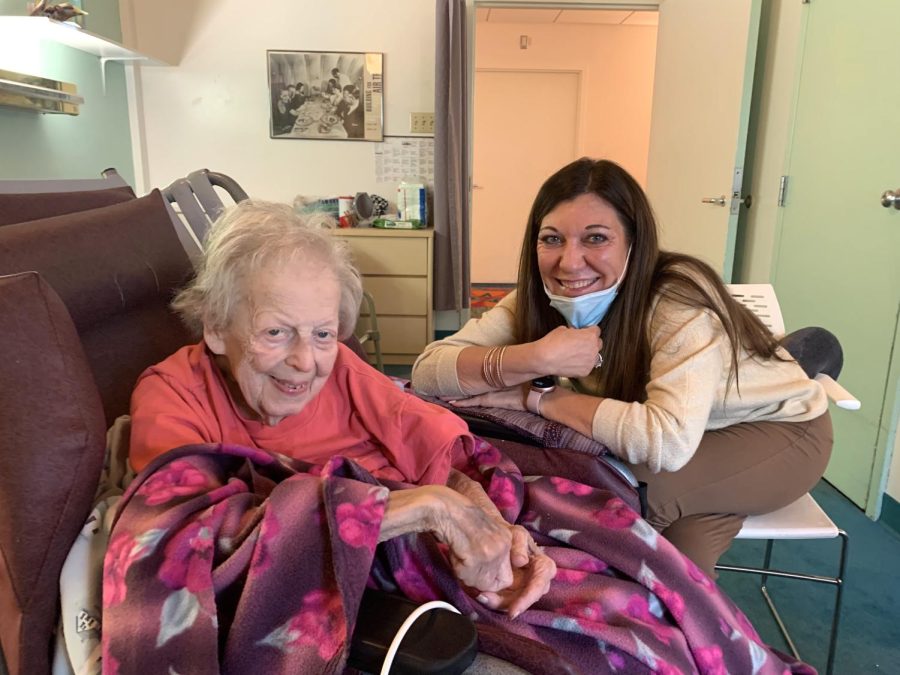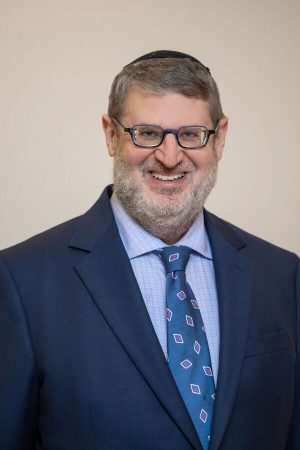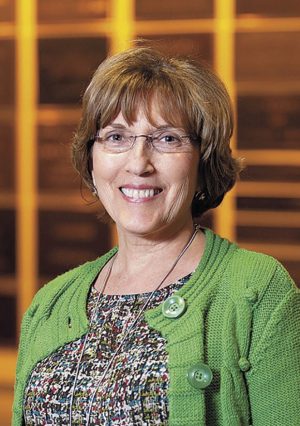Family Caregiving 101: What it really means
Boomers caring for parents also need care, support network
Lydia Motchan (left), who is 100 years old, and Jennifer Wientge, Heartland Hospice spiritual adviser. Writer and photographer Bill Motchan chronicles his journey becoming a family caregiver for Lydia, his mother. Photo: Bill Motchan
Published January 9, 2022
Until recently, I was unfamiliar with the term “palliative care.” I didn’t know the difference between assisted living and skilled nursing. I had no idea that the acronym “LO” meant “loved one.”
I am a novice caregiver, making important health and living decisions about an elderly parent. Many others share my situation. From 2015 to 2020, the number of family caregivers in the United States increased by 9.5 million, according to a report from caregiving.org.
Now I understand firsthand the stresses, frustrations, and gut-wrenching decisions one must make as a novice caregiver. It was very personal in my case: taking care of my 100-year-old mother.
New Role
I was thrust into the role of caregiver for my mother, a widow when she took a fall in 2015 and suffered a compression fracture. That year, at the age of 95, she was active, independent, and still drove to Dierberg’s or to meet her friends at Pumpernickles deli for lunch. Suddenly, she had limited mobility and used a cane to walk, then later a walker. She never cared for the walker, finding it a nuisance to put the foldable device in the trunk of a car.
That was the year I retired from AT&T and moved back to St. Louis to help her out. Since my dad died in 2002, she hadn’t needed much help, and she already had a large support system of friends and relatives.
That changed more than two years ago when she had chest pains and shortness of breath, diagnosed as atrial fibrillation. Over the following year, it got worse, and she had several bad episodes, including two trips to the ER at Missouri Baptist Medical Center. An electrocardiogram revealed her aortic valve was badly blocked.
On Feb. 9, at the age of 99½, she underwent a transaortic valve replacement, known as a TAVR. The procedure has been performed for just over a decade. It involves pushing a tiny valve up through a vein and replacing the bad valve, blowing out the calcification that prevents adequate blood flow. It takes about 90 minutes and is relatively non-invasive.
New Lease On Life
Three days later, she was released from the hospital and got a new lease on life. Or so we thought. Things unraveled in early March, when she began hallucinating. It was unrelated to the TAVR. It was the result of a urinary tract infection (UTI). This is a common problem in the elderly, particularly women, and is often asymptomatic other than seeing strange things.
In her case, those odd visions were dogs running through the room, a red cat, 27 men holding rifles preparing to shoot and a laughing woman wearing a sequined dress. A home health care nurse from St. Luke’s Hospital told me she had a patient who saw a cigar store Indian come to life and run around in circles.
Over the past six months, several more UTIs occurred. The pattern repeated: hallucinations, dizziness and a few very bad falls. Those falls led to several trips to the emergency room and four hospitalizations. During this period, she remained in her home, living independently, but with the assistance of home care aides who worked in shifts. I chose times of day when she seemed most vulnerable.
There are a number of excellent agencies that screen and staff qualified aides. Naturally, that one-on-one dedicated care comes at a high cost, about $27 per hour. If you are tenacious, you can find free-lance aides through word-of-mouth, but reliable ones are in high demand and often hard to locate. The health care sector is facing a staffing shortage, particularly among aides and nursing assistants. The work can be physically tough, and the pay can be low.
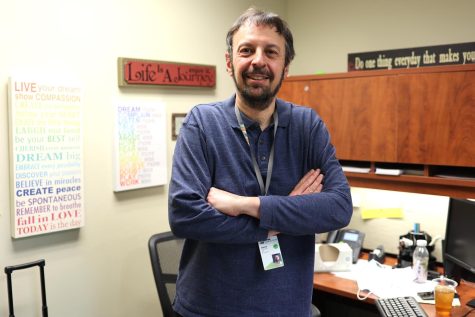
Options
An excellent home care option for homebound individuals who need just a little help is the JFS (Jewish Family Services) homemaker care program. The program offers home visits by aides and includes light housekeeping, personal care and meal prep. Best of all, there is a very affordable rate for low-income patients. Naturally, these aides are in high demand, and there is usually a three-month waiting list to begin.
My mother’s most recent fall was in August. It was the result of a UTI that left her unable to stand or walk. Confined to a wheelchair, bruised and exhausted, a return to independent living seemed unlikely. Her doctor and social workers at the hospital offered two options: 24-hour, in-home care, or a skilled nursing facility. The latter was not what she or I wanted, but it was financially feasible. That’s because the cost of 24-hour in-home care would likely exceed $12,000 a month.
I chose a nursing facility, supplemented by palliative care from Heartland Hospice. After she was admitted, I felt a sense of defeat, that I had failed as a caregiver. That gave way to guilt. Finally, I arrived at a level of acceptance, or something close to it.
I asked my mother what the biggest challenge was for her new environment, and she quickly answered: “Being at the mercy of others.”
She was referring to social workers, health care aides, nurses and, to some extent, me.
Levels of care
To understand the options available to a caregiver, I spoke with Sharon Gorman, president of Certified Care Management.
“Think about the words ‘independent living,’” Gorman said. “There are a lot of seniors who live in their own apartments. They’re independent. They may have some somebody get their groceries. Then there are people who live in communities independently. They don’t want to mow the lawn. They want food cooked because they have trouble standing. Maybe they have medicines that need managing and they just want to make things simple. Maybe they don’t drive and need transportation.
“Then, assisted living. It can look like a regular apartment. It’s when you need assistance with daily activities, like showering, maybe some toileting issues. Definitely medicine reminders. Maybe they have compression hose they can’t get on. We have some cases where residents are independent at the Gatesworth and have 24-hour care because that’s where they want to live.”
Final Options
For people who need the most help, who no longer can care for themselves because of memory or physical limitations, the final option is a nursing home, known in the industry as “skilled nursing” or sometimes just the word “skilled.” Gorman described this as, essentially, “a dressed-up hospital.”
For Missourians who lack long-term care insurance or a substantial nest egg, the cost can be substantial for independent living with home health aides or assisted living. Neither Medicare nor Medicaid cover these options beyond seven hours per day if the patient meets specific qualifications. Skilled-nursing residents can qualify for Medicaid if they meet financial guidelines, but not all facilities accept Medicaid recipients.
A caregiver should be aware of two additional levels of care: hospice and palliative care. Both are ways to offer medical care and comfort for someone with severe, chronic health conditions, and both are eligible for Medicare coverage. The downside of hospice care is that the patient becomes ineligible for any rehab therapy. There is one other option for a patient who needs palliative care and could benefit from therapy. It’s known as advanced disease management.
Role reversal for parent and child
The sheer number of baby boomers who suddenly find themselves in the role of caregiver has created a busy workday for Abby Wolner, the JFS ElderLink resource specialist.
“I would say 80% to 90% of my calls are with adult children of older adults,” Wolner said. “There’s this real delicate balance between respecting your parent’s autonomy and protecting their safety. And I think that is really hard for people to know how to navigate because they’re unsure. They just don’t want anything bad to happen, you know, but they’re unsure how boldly to step in.
“A lot of adult children of older adults are dealing with some pretty stubborn and set-in-their-ways parents, so it causes tension in the relationship from that angle, too. They are in a position of, ‘I’m trying to help you and trying to keep you safe.’ And the older adult is refusing or doesn’t think they need the help.”
The need for a caregiver to step in often comes unexpectedly, and neither parent nor adult child may have given it much thought. That’s because they are both busy living their own lives.
“I think it catches people off guard,” said Jennifer Wientge, Heartland Hospice spiritual adviser. “I don’t think a lot of people are prepared for the reversal of roles. When my mom got brain cancer earlier this year and all of a sudden moved into my house — a woman who was working full-time until she was 78 — I did not know how to become the caregiver without seeming like I was usurping her authority.”
The role reversal weighs heavily on the caregiver because of the discomfort it creates, said Dr. David Goldmeier, a psychiatrist.
“Many of my patients talk about the burden of having to deal with their aging parents,” Goldmeier said. “It can be challenging, especially if your patient has special needs. There’s a period of transition.”
Stress and uncertainty
Elaine, 69, is a Jewish college professor who lives in south Texas. Her mother, Marsha, is 95 and lived in an independent community in University City until recently. Marsha began to exhibit memory loss around the end of 2019. Gradually it increased. [Their names were changed for privacy.]
“In July, my mother started wandering at night, and someone called the police,” Elaine said. “She was taken to the hospital, and the hospital didn’t want to release someone who has dementia unless she’s getting 24-hour care. I was able to quickly get her admitted to a facility. By coincidence, I was in St. Louis in May, and I started looking into nursing homes for the future, not knowing that the future would be in two months.”
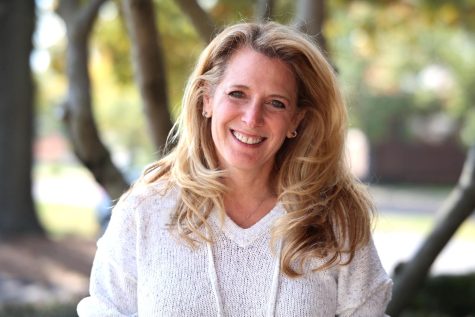
As a remote caregiver, Elaine depends on skilled-nursing professionals and friends to make sure her mother is safe and secure. Marsha wears an ankle monitor, a “wander guard,” that sounds an alarm if she inadvertently leaves the facility where she is housed.
Still, there is uncertainty that weighs on Elaine.
“I’m single, I’m living by myself with my dog, during COVID, and I’m dealing with the stress on my own, which is really tough,” she said. “What helps is I will call a friend and invite him over, and we have a great conversation. He offers good support and he’s a good listener.
“I have also found one thing I can do instantly is take a nice, slow deep breath. That helps me relax. I started something mentally to try and de-stress myself because I’ve been really stressed out. I found the answer is gratitude, and I start with the words, ‘Thank you for …’ and complete the thought with ‘… that I’ve got a job I like,’ ‘that I have the time to deal with all this financial stuff.’
“I’ve also started a relaxation technique I read about where you take a deep breath and hold it in for five seconds. You do it five times a day. It really works.”
The self-care tool that Elaine discovered is significant for the caregiver. Shortly after my mother became a resident at a skilled-nursing facility, a nurse from Heartland Hospice examined her and deemed her, overall, in good shape. Then the RN turned to me and said bluntly, “You don’t look so good.”
That assessment was based on my stress level and constant second-guessing my decisions. As a caregiver, you also often feel the need to do everything you can for your parent. The problem is that constant worry will only make you less effective. Self-care is an essential tool for a caregiver to decompress and chill out.
“I tell my patients that if you don’t take care of yourself, you’re not going to be an ideal caregiver for your loved one,” Goldmeier said. “And if you want to be the best caregiver, you’ve got to be the best you that you can be.”
The value of professional assistance
A novice caregiver is often thrust into a sea of acronyms, arcane terminology and paperwork. There are ongoing decisions to make and logistical issues, such as arranging transportation for routine doctor exams. The stress is ongoing and can feel overwhelming. It helps to consult with professionals who understand. JFS ElderLink (314-812-9300) is an excellent starting point to identify resources and get much-needed emotional support.
Don’t feel like you are alone. Millions of other caregivers are dealing with the same issues. It’s also important to separate your emotions from logical thinking.
“Caregivers have a feeling of vulnerability because you don’t know everything and you’re emotional,” said Gorman of Certified Care Management. “I truly believe that you cannot be emotional and intellectual at the same time. You could have someone who is a doctor, but it’s their mom, and they can’t think through it. Likewise, you can have a parent who has a very educated child, and they don’t listen to them because the emotionality is part of it.”
Gorman’s company is another excellent resource for a caregiver who isn’t sure where to proceed. She has a staff of care managers who can perform an assessment and develop a care plan. That may include options about what type of facility would best meet the needs of the caregiver’s loved one. Making the right decision is the one issue that stresses out caregivers, she said.
“A survey was conducted among care managers to determine what people felt was the best thing that they got out of their work with the care manager, and the No. 1 answer was peace of mind.”
A checklist for novice caregivers
Novice caregivers can easily feel overwhelmed, not just by their new responsibility but also a steady stream of information, acronyms and unfamiliar terminology. Then there is the paperwork and recordkeeping, particularly if you are seeking state and federal assistance. Following is a checklist of some of the things that novice caregivers should be aware of and questions to ask.
Financial
- What is your budget?
- Does your loved one have long-term care insurance?
- If you are seeking Medicaid assistance, some assets could actually limit available aid. You must have readily available financial records (including savings, income, real estate deed/mortgage, automobile title).
- Home care skilled nursing averages $30/hour. Medicaid assistance is available for up to eight hours a day for home care, but the application process is not simple.
Living Arrangements
- One of your first decisions is to determine which care option is best: home care, independent living, assisted living or skilled nursing. A medical professional and social worker can assist in the evaluation.
- If you choose home care, select a highly rated agency. Freelance home care aides will save you money but finding a qualified aide can be challenging because the demand is high.
- A loved one who is highly independent and mobile may require minimal home care. JFS (Jewish Family Services) offers the Jewish Homemaker Program, and the cost is subsidized. Individuals pay based on their income. NOTE: There is usually a three-month waiting list.
- Assisted living facilities are generally the highest-cost options. They do not qualify for any Medicaid assistance.
- Some skilled nursing facilities limit the number of Medicaid residents so you may need to apply to several.
- Take a tour of the facility you are considering and ask yourself if you’d be comfortable living there.
Caring for the caregiver
- The role of caregiver can be emotionally and physically draining. It’s a good idea to have a support system (friends, relatives) who can help share caregiving. Sometimes it’s good just to have someone to talk with.
- Don’t try to do everything for your loved one. If you become exhausted, your value as a caregiver will lessen.
- There is a tendency to feel guilty if you’re having fun while you are worried about your loved one. It’s not easy to take time for yourself to recharge. But it’s important to take care of yourself, for your own emotional well-being.



